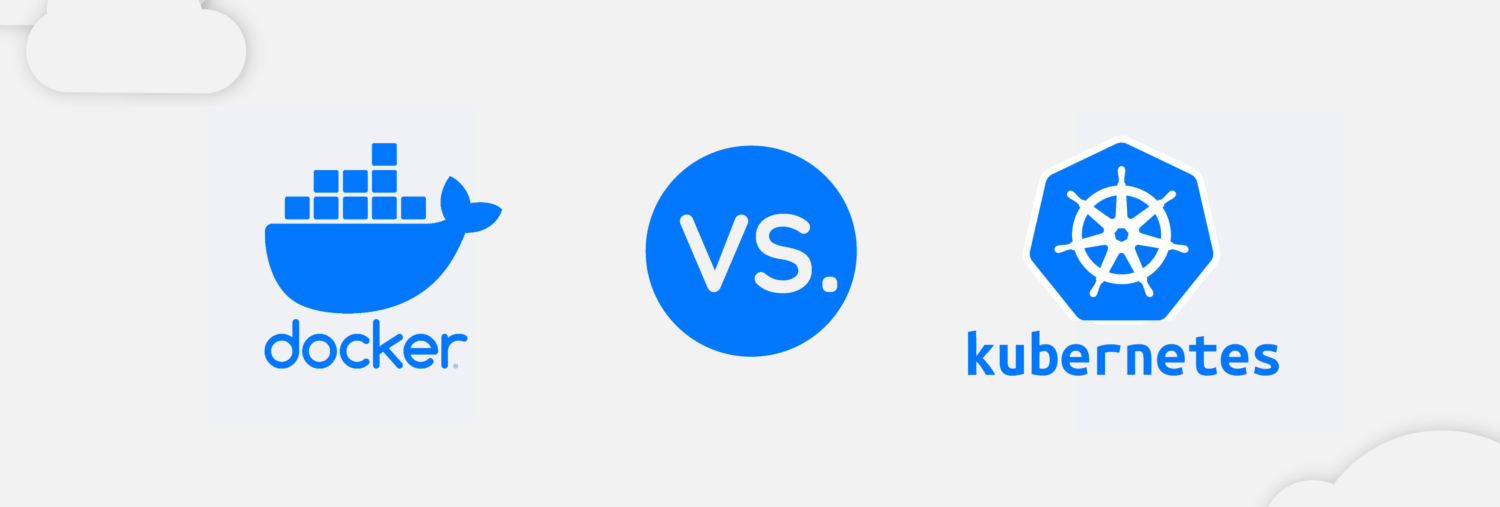
What is Kubernetes?

Kubernetes is an orchestration tool for running and managing container-based workloads. An open-source container orchestration solution, Kubernetes was developed by Google in the GO language and later became part of the Cloud Native Computing Foundation.
One of the most notable advantages of Kubernetes is that it saves developers the time and effort they would otherwise spend on finding and implementing ways to make their applications work well. Developers can spend those saved resources on focusing on building useful additional features for their applications.
Kubernetes offers scaling and high availability, which is why it is highly preferred.
What is Docker?

Docker is an open source virtualization platform at the containerization operating system level and is developed for software developers and system builders. Using this software platform called Docker, you can quickly build, test and deploy your applications. Docker is an alternative to virtual machines.
But Docker has a fundamental difference from virtual machines. – If you need more detailed information about virtual machines, be sure to read this blog post: All About Virtualization and Virtual Machines – The operating systems created by virtual machines are completely virtual. The difference with Docker is that it allows applications to use the same Linux kernel as the system they are running on. That’s why it has a smaller footprint and higher performance compared to virtual machines.
However, “Kubernetes vs. Docker” is also a bit misleading. A closer look at these two concepts shows that these words are not the two concepts that many people think they are, because Docker and Kubernetes are not direct competitors. Docker is a containerization platform and Kubernetes is a container orchestrator for container platforms like Docker. Kubernetes orchestrates and manages applications built and deployed by Docker.
This post aims to clear up some common confusion about Kubernetes and Docker and explain what people really mean when they talk about “Docker vs. Kubernetes”.
The Rise of Containers and Docker
It is impossible to talk about Docker without first exploring containers. Containers solve a critical problem in application development. When developers write code, they are working in their familiar development environment. It’s when they run that code that problems arise. Code that works perfectly on their own devices doesn’t work in production. There are many reasons for this: different operating systems, different dependencies, different libraries.
Containers allow you to decouple this critical portability issue from the underlying infrastructure on which the code runs. Developers can package their applications in a small container image, including all the bin files and libraries needed to run properly. In the way the code works, the container can be run on any computer with a containerization platform.
Containers are portable and scalable.
What is Docker Hub?
Docker Hub is a service provided by Docker to enable container images to be uploaded and shared with teams. As the world’s largest container image repository, Docker Hub’s key features include repositories, teams and organizations, official images, publisher images, and Webhooks.
Advantages of Containers
In addition to solving the biggest portability challenge, containers and container platforms offer many advantages over traditional virtualization. Containers take up extremely little space. Container only needs its application and the definition of all binaries and libraries that need to be executed. Unlike VMs (Virtual Machine), which have a full copy of the guest operating system, container isolation is done at the kernel level without the need for a guest operating system. In addition, libraries can be across containers, thus saving space by eliminating the need to have 10 copies of the same library on a server. If I have 3 applications running node and express, I don’t need to have 3 node and express instances, these applications can share those pods and libraries. Allowing applications to be encapsulated in independent environments allows for faster deployments, closer parity between development environments and infinite scalability.
While a container is typically tens of megabytes in size, a virtual machine with its own operating system is typically a few gigabytes in size, allowing servers to host many more containers than virtual machines. In addition, while virtual machines take a few minutes to initialize their operating systems and run their applications, Container applications can be launched almost instantly. This means that containers can be started as soon as they are needed and won’t disappear at the end of their lifespan, taking up more resources on the host.
Another benefit of containers is that containerization allows for greater modularity, so that instead of running entire complex applications in a single container, the application can be split into any number of units. Applications built in this way are easier to manage because each module is relatively simple and module-specific changes can be made without the need to rebuild the entire application.